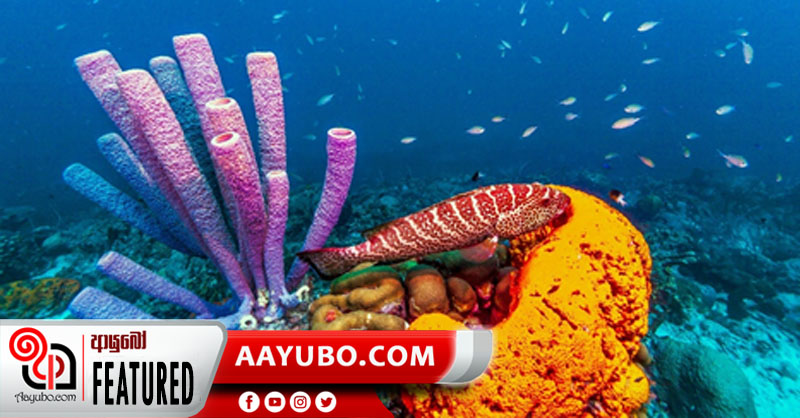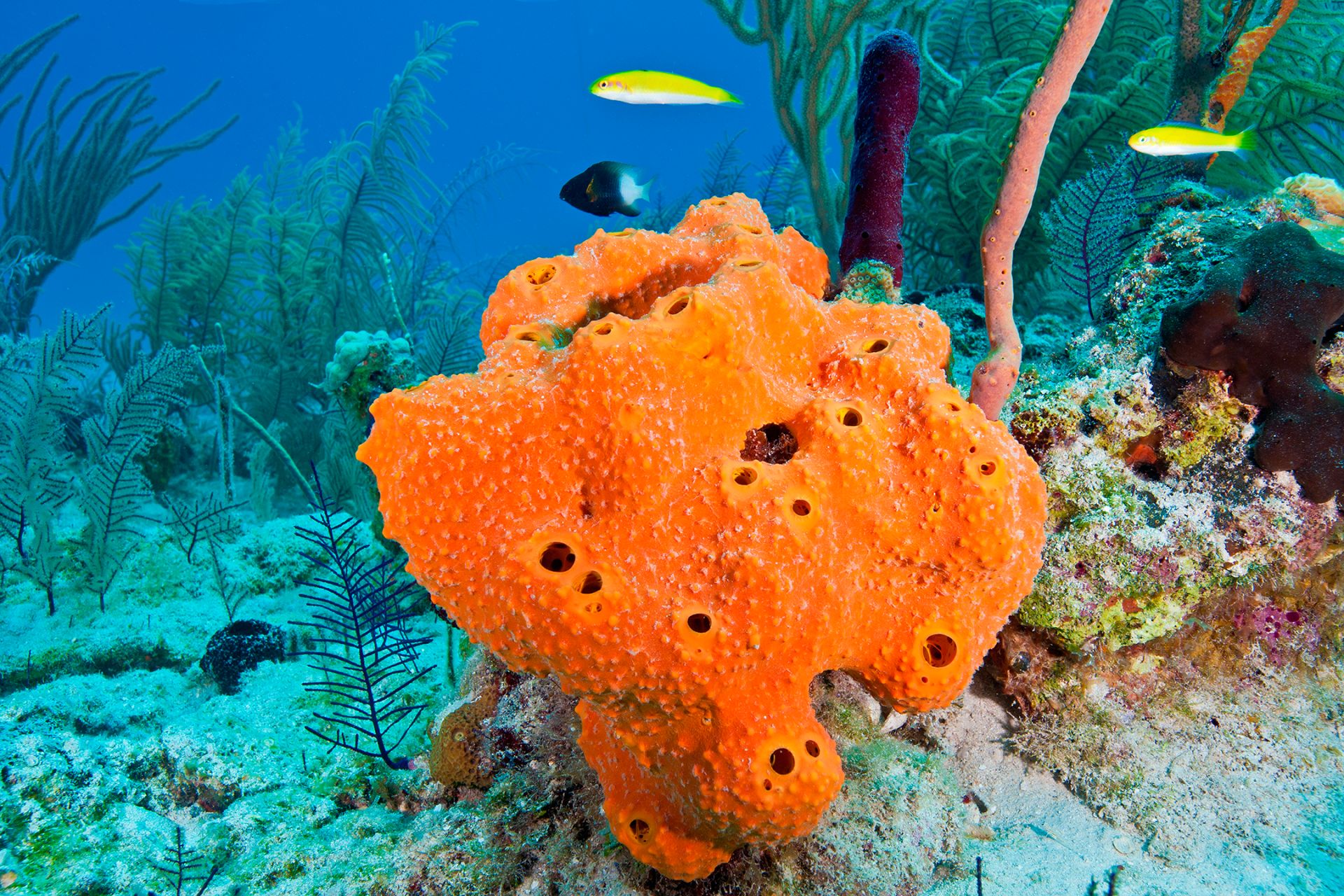Who are these sponges? Are they important?

Simply, sponges are the simplest multicellular living animals who live in the water such as oceans, seas, and rivers. Although their embryos are free swimming, adults are always attached, usually to rocks, shells, corals, or other submerged objects. Some bottom-dwelling forms even grow on sand or mud. So that, they are sessile animals. They belong to Kingdom Animalia, phylum Porifera. A sponge body is an assemblage of cells embedded in a gelatinous matrix and supported by a skeleton of minute needlelike spicules and protein. However, they neither have organs nor true tissues. Spicules can be of calcium carbonate or silica and collagen.
In addition, this Phylum contains about 5,000 - 9,000 living species around the world. Most of the 5000 or more sponge species are marine, although some 150 species (2%) live in fresh water. Marine sponges are abundant in all seas and at all depths, and a few even exist in brackish water. Specially, diversity is greater on temperate reefs. Thus, Sri Lanka has a highly diverse marine and coastal ecosystem with sponges.

Sponges are an important component of coral reefs. They Provide a multitude of functions on reefs such as food for other organisms., forms numerous symbiotic associations, maintains reef health. Many species of sponges are highly colorful and attractive which enhances the beauty of reefs. they provide shelter for a variety of organisms including shrimp, crabs, and algae Particularly, for several species utilized in the ornamental fish industry. As well, sponges can be identified as vacuums of the sea. They can remove up to 95% of bacteria and particles from the water and 90% of dissolved organic carbon, thereby converting suspended particles and dissolved matter into food for other animals. Up to 97% of the diet can be dissolved matter. They take an important role in the carbon cycle, silicon cycle, nitrogen cycle in aquatic environment.
In addition, Marine sponges are among the richest sources of interesting chemicals produced by marine organisms because Sponge substances have remarkable chemical diversity. They Contain bioactive natural products. Researchers are suggesting that these sponges have promising potential to provide future drugs which can serve various disease such as, anticancer agent, antibacterial active agent, agrochemicals and other useful chemicals.
by Nuwandara Mudalige
Photo source : Internet
1294 Views




Comments